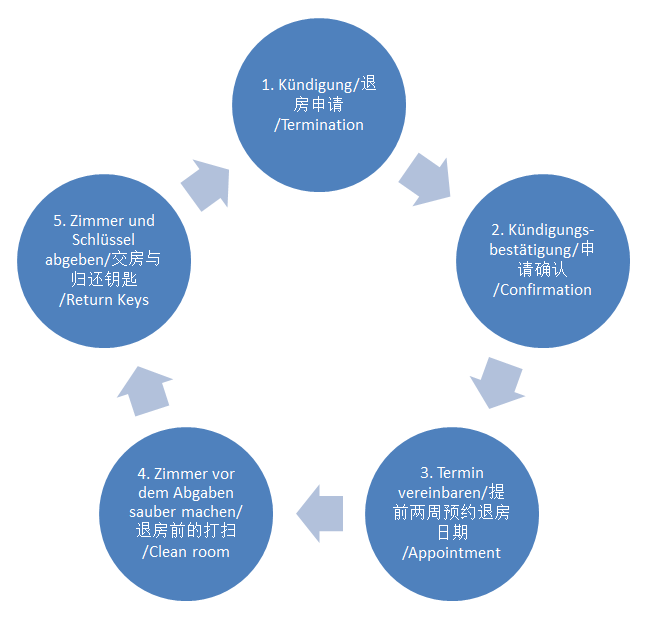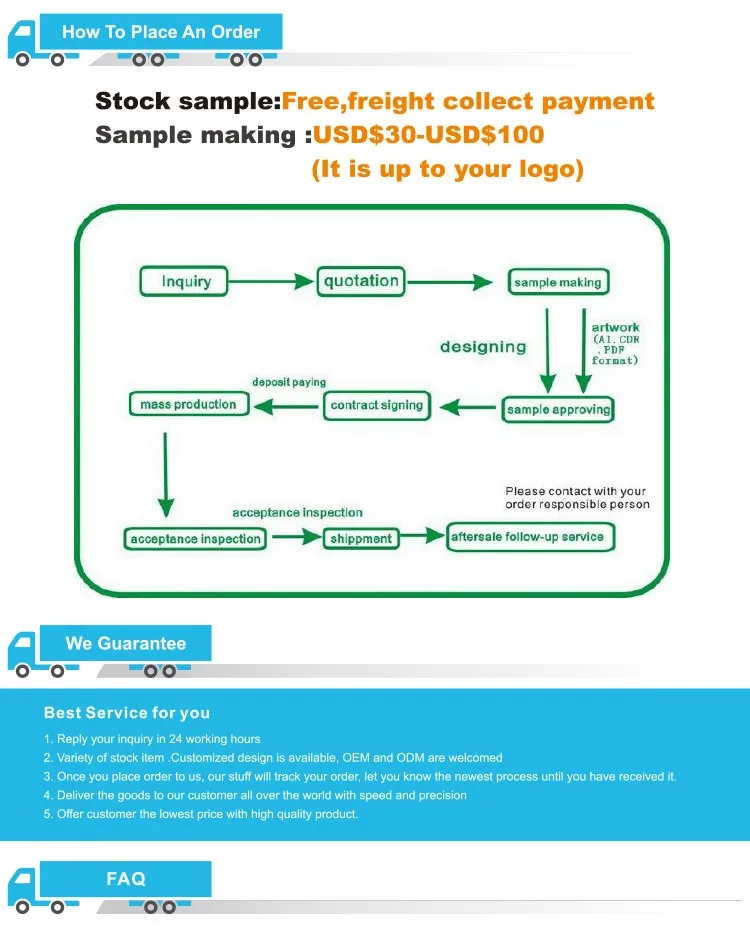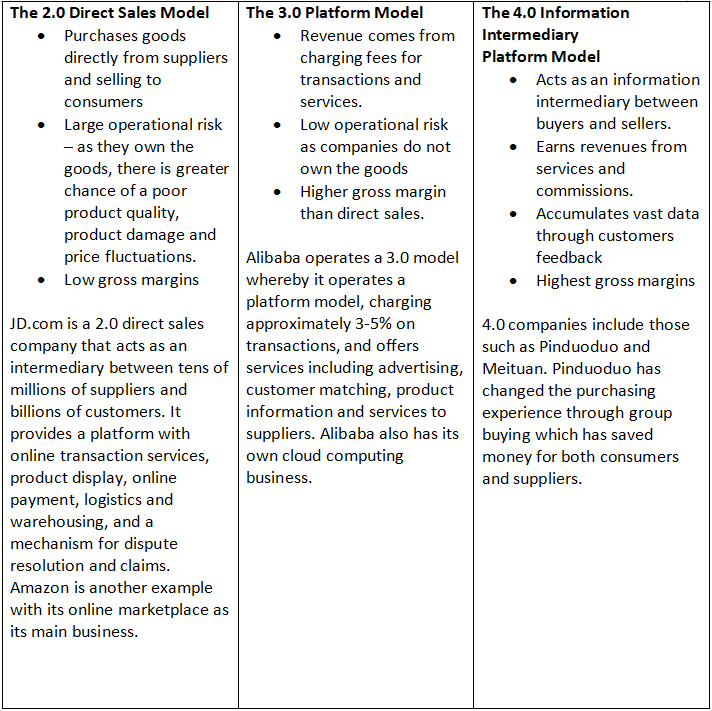Understanding Non-QM Loan Requirements: A Comprehensive Guide to Alternative Mortgage Options
#### Non-QM Loan RequirementsIn the ever-evolving landscape of mortgage lending, non-QM loans have emerged as a vital alternative for borrowers who may not……
#### Non-QM Loan Requirements
In the ever-evolving landscape of mortgage lending, non-QM loans have emerged as a vital alternative for borrowers who may not fit the traditional lending mold. Understanding the non-QM loan requirements is crucial for those seeking flexible financing options. Unlike Qualified Mortgages (QM), which adhere to strict guidelines set by the Consumer Financial Protection Bureau (CFPB), non-QM loans offer a broader range of possibilities for borrowers with unique financial situations.
#### What Are Non-QM Loans?
Non-QM loans are designed for borrowers who may not meet the conventional criteria for a mortgage. This can include self-employed individuals, those with irregular income, or borrowers with lower credit scores. The primary appeal of non-QM loans lies in their flexibility. Lenders can assess a borrower's financial situation more holistically, considering factors beyond the standard debt-to-income (DTI) ratio and credit score.
#### Key Non-QM Loan Requirements
To qualify for a non-QM loan, borrowers need to understand several key requirements:

1. **Income Verification**: Unlike traditional loans, non-QM lenders may allow alternative methods of income verification. This could include bank statements, asset depletion, or profit and loss statements for self-employed borrowers.
2. **Credit Score**: While non-QM loans can cater to borrowers with lower credit scores, most lenders still prefer a minimum score. Generally, a score of 620 or higher is favorable, though some lenders may accommodate lower scores.
3. **Down Payment**: Non-QM loans often require a higher down payment compared to conventional loans. Typically, borrowers might need to put down at least 10% to 20% of the home's purchase price.
4. **Debt-to-Income Ratio**: Non-QM loans may allow for higher DTI ratios than QM loans. While traditional loans usually cap DTI at 43%, non-QM lenders might accept ratios of up to 50% or more, depending on the borrower's overall financial profile.
5. **Property Type**: Non-QM loans can be used for various property types, including investment properties, second homes, and even some types of commercial real estate.

#### Benefits of Non-QM Loans
The flexibility of non-QM loans provides several benefits for borrowers:
- **Access to Financing**: Non-QM loans open the door for borrowers who may have previously been denied financing due to strict QM regulations.
- **Customizable Loan Terms**: Many non-QM lenders offer customizable loan terms, allowing borrowers to choose options that align with their financial goals.
- **Investment Opportunities**: Investors can leverage non-QM loans to finance rental properties or fix-and-flip projects, taking advantage of the more lenient requirements.

#### Conclusion
In summary, understanding non-QM loan requirements is essential for anyone exploring alternative mortgage options. These loans provide a pathway for individuals with unique financial situations to achieve homeownership or investment goals. By familiarizing yourself with the key requirements and benefits, you can make informed decisions and find the right financing solution tailored to your needs. As the mortgage landscape continues to evolve, non-QM loans will likely remain a crucial option for many borrowers seeking flexibility and accessibility in their financing choices.